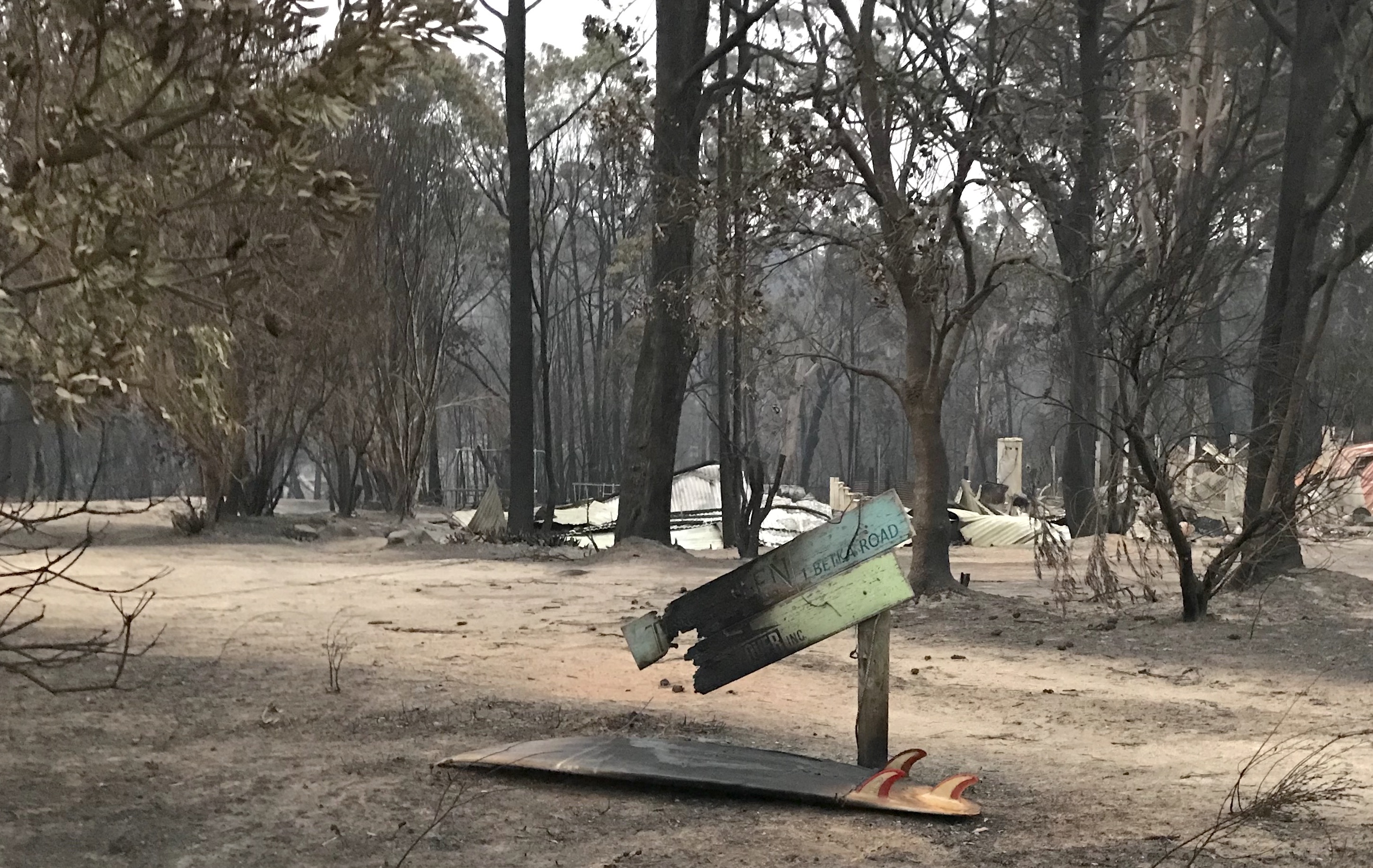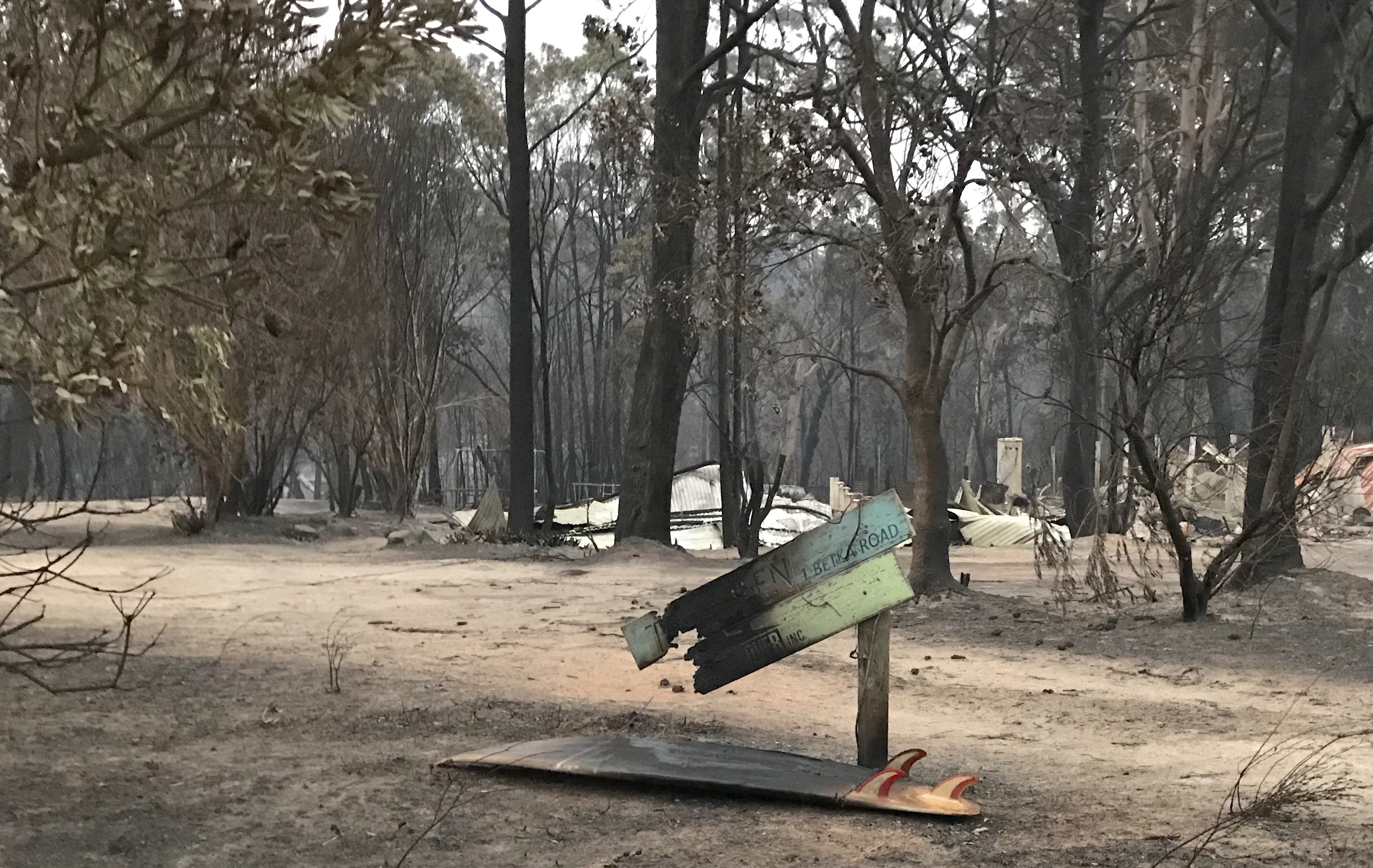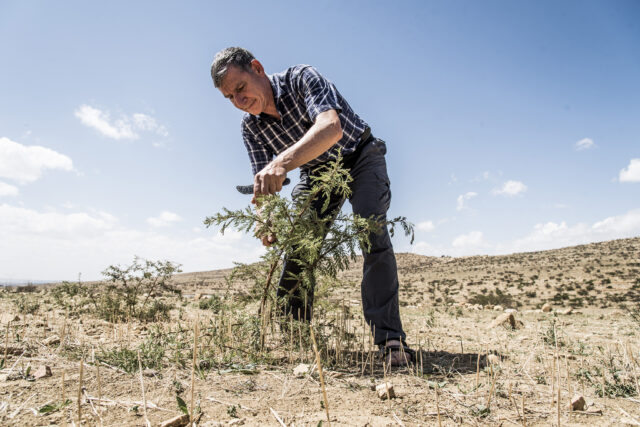


The summer of 2019-20 has seen huge and intense bushfires in Victoria and NSW. Some 1.4 million ha in Victoria and 4.9 million ha in NSW has been burned to mid-January. (The areas burned in four years to 2015-16 were 1.0 million ha in Victoria and 1.8 million ha in NSW, some of this being planned burns.)
Most or all of this area had been burned before, particularly in 1983, 2003, or 2006-07, and the vegetation will slowly recover, but there will have been a massive loss of fauna.
The question of climate change arises as a possible factor exacerbating weather conditions, notably a serious 3-year drought.
Attention is focused on why the fires were so intense and largely uncontrollable. This relates to the question of what land management policies and practices are needed to mitigate such fires, reducing their occurrence and intensity, hence danger to people, property and fauna.
This question arises regardless of climate change effects, but certainly depends on anticipated weather. (If climate change is exacerbating weather which worsens the fire problem, then the land management question assumes more importance, not less.)
Since the only factor we can control broad-scale in native forest is ground fuel load, mostly through fuel reduction burning in autumn, the spotlight is on that. High fuel load will be an even greater factor if it is very dry (as in 2019). Victoria has 7.6 million ha of native forest and NSW has 19.9 million ha of native forest.
The Royal Commission into the 2009 fires recommended that a rolling average of at least 5% of native forest be subject to fuel reduction burning each year. This is landscape-scale. Nothing like that has been achieved in recent decades in Victoria and the recent rate is about 1.5% pa. The single figure encompasses but does not take account of different forest types, which may merit more or less frequent burns (or none at all if in ash forest – E.delegatensis and E.regnans – they are part of the harvesting and regeneration procedures).
Apart from localised applications, the effectiveness of fuel reduction relies on it being widespread to create large contiguous low-fuel zones which are an effective barrier. Some of this can be done from the air, with ground back-up.
Anecdotally, fuel loads are at their highest levels since European settlement, according to David Packham, former CSIRO scientist.
In West Australia, after the Dwellingup fire disaster early in 1961 which burned 440,000 ha, the Department of Conservation and Land Management (CALM) burned 6-8% of its public forests per year and was apparently able to avoid major bushfires for 50 years before the effect of declining burning rates started to take effect.
Fuel reduction, as well as other management of forests, depends on weather, access, skilled people who are available, and equipment. It will not prevent fires, but can diminish their intensity and allow them to be fought effectively (and sometimes stop them at recently burned areas). In extreme hot and windy conditions fires may get away regardless.
It seems that forest management, including fuel reduction burning, peaked about 1980 and has declined since. It is made more difficult by alleged decrease in suitable weather, a considerable reduction in skilled people including timber workers, some access tracks being closed, especially in national parks, and ‘tree change’ settlement in fire-prone areas.
The weather significance for controlled burns relates to peak fire season, as in this CSIRO map.
Firefighting this summer has involved many people, ELWP, Parks Vic, and CFA as well as others in Victoria; it has relied upon timber industry contractors and equipment including that used for commercial forestry, and it has depended significantly on aircraft, at huge expense. The ability to quickly access and contain small fires has been limited. This is particularly relevant to remote area lightning strikes in rough terrain. Apart from access tracks, the gradual evolution of risk avoidance OH&S protocols, which take time to address, is said to inhibit firefighters reaching fires quickly.
The challenges facing DELWP and Parks Victoria following the summer emergency are considerable.
Christian responsibility for stewardship of God’s creation applies at two levels: attention to the global matter of climate change, and policy regarding forest management. For the first, reduction of carbon dioxide emissions is the main focus, for the second the way forward involves balancing different interests and agendas. Mitigating the severity of inevitable fires has broad support, but locally other priorities may prevail, which is where it becomes a wicked problem. Christian priorities will generally focus on the welfare and safety of people and safeguarding God’s provision in creation for the benefit of people. Beyond those, how much should we presume to manage the forests?
References
Australian Bureau of Agricultural and Resource Economics, Australia’s Forests at a Glance 2019.
Poynter, Mark. Going ‘Green’ – Forests, Fire and a Flawed Conservation Culture, Connor Court, 2018.
(Image: 1 Betka Rd, Mallacoota, January 1, 2020. Chris Mulherin)














